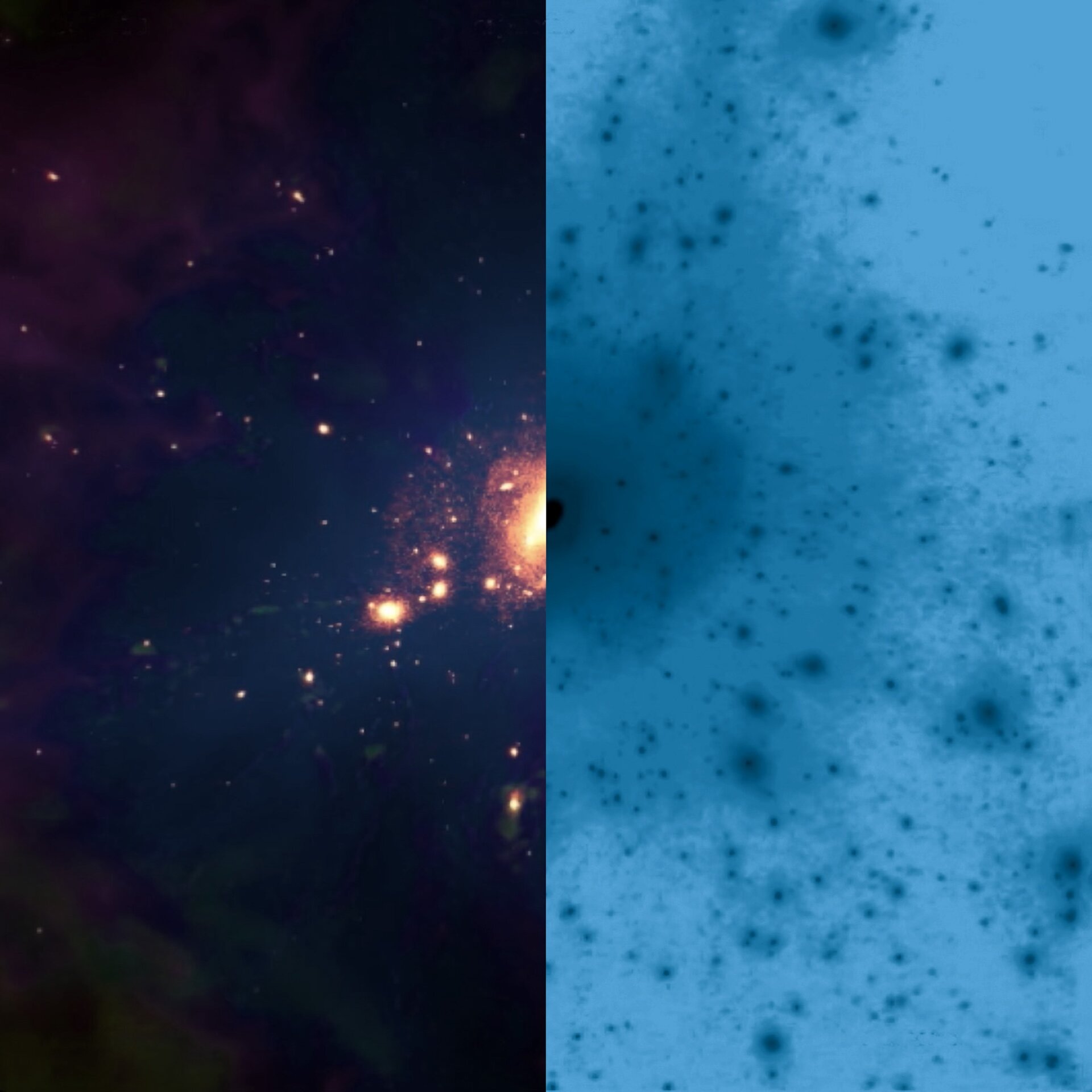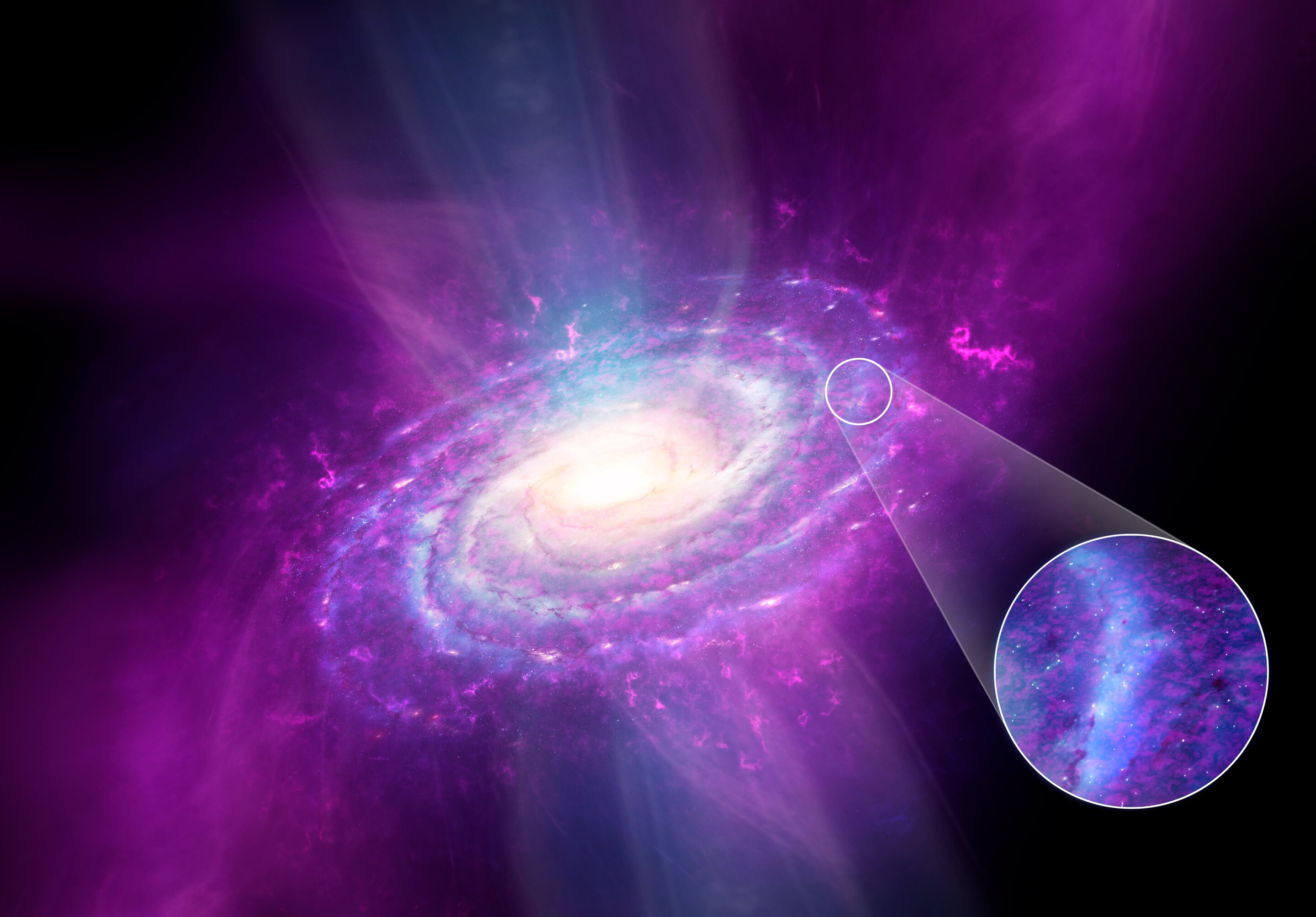
Dark matter comprises around 85% of all the matter in the universe. Although ordinary matter absorbs, reflects and emits light, dark matter cannot be seen directly, which makes its detection difficult. Its existence is inferred from its gravitational effects on visible matter, the material that forms stars, planets, and other objects in the cosmos.
Galaxies are made up of these two types of material The dark matter is distributed in halos, which are huge structures surrounding galaxies, while the ordinary matter is mainly present in the central regions where most of the stars are found.
Traditi...
Read More








Recent Comments